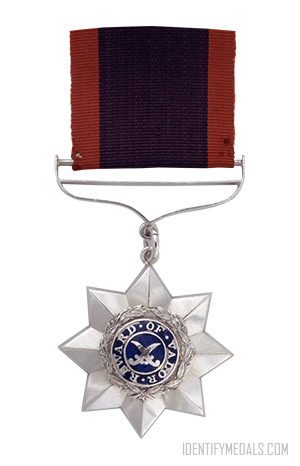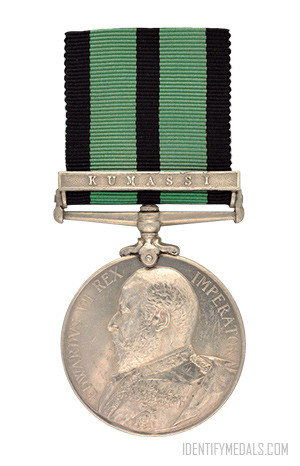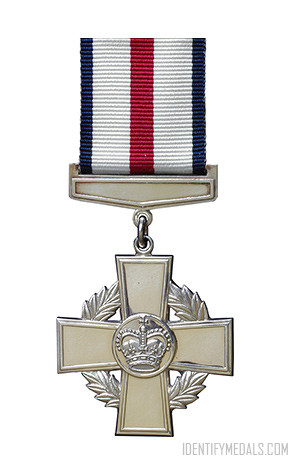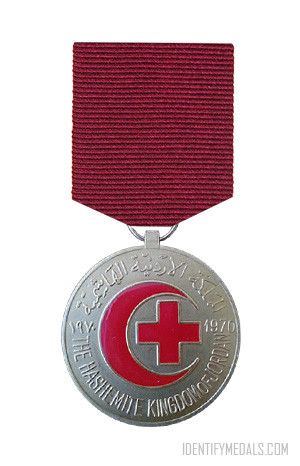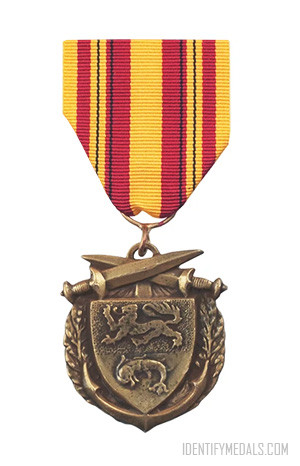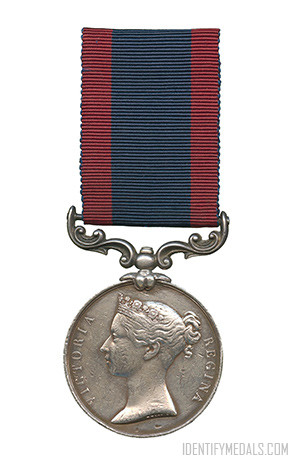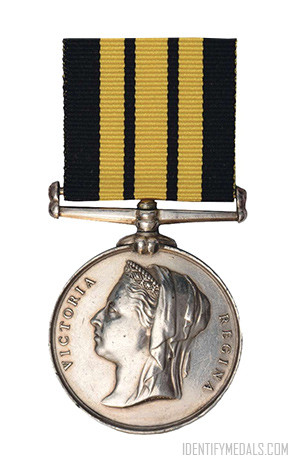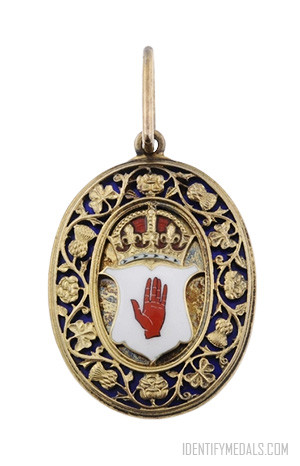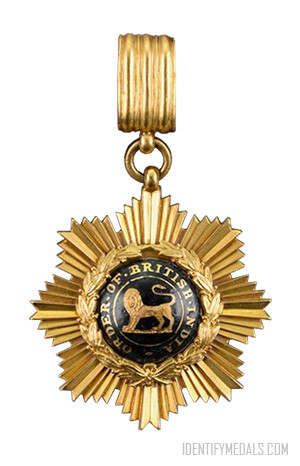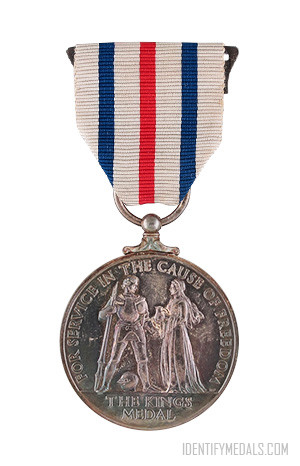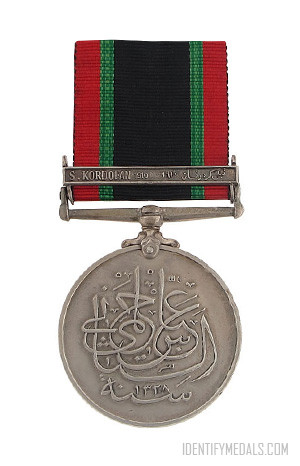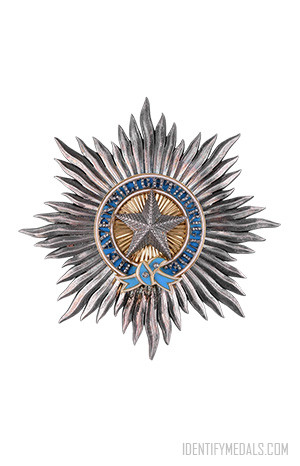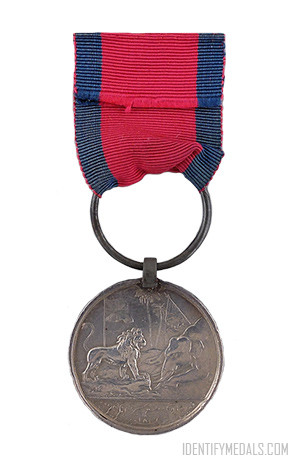The Indian Order of Merit (also known as IOM) is a military and civilian decoration of British India established in 1837 by General Order of the Governor-General of India, No. 94 of 1 May 1837.
Following the Partition of India in 1947 it was decided to discontinue the award, and a separate Indian honours system was developed in 1954 to act retrospectively.
For a long period of time the IOM was the highest decoration that a native member of the British Indian Army could receive and initially it had three divisions. This was changed in 1911 when Indian servicemen became eligible for the Victoria Cross.
A civilian division of the IOM also existed between 1902 and 1939, however, it was only conferred very rarely. The name of the medal was changed in 1902 to avoid confusion with a British Order of the same name.
The Indian Order of Merit Medal Design
The medal was originally introduced with three classes: First, second and third classes.
The Third Class is an eight pointed dull silver star with blue circle surrounded by silver laurels. In the middle, with crossed swords and the words, the words Awarded for Valour were written (this was changed to Awarded for Gallantry in 1944.)
The Second Class is an eight pointed shiny silver star with blue circle, surrounded by gold laurels in the middle, with crossed swords and the words Awarded for Valour, this was changed to Awarded for Gallantry in 1944.
The First Class is an eight pointed gold star with blue circle, surrounded by gold laurels in the middle, with crossed swords and the words Awarded for Valour, this was changed to Awarded for Gallantry in 1944.
The ribbon is dark blue and flanked by two red stripes of about a sixth of the width.

